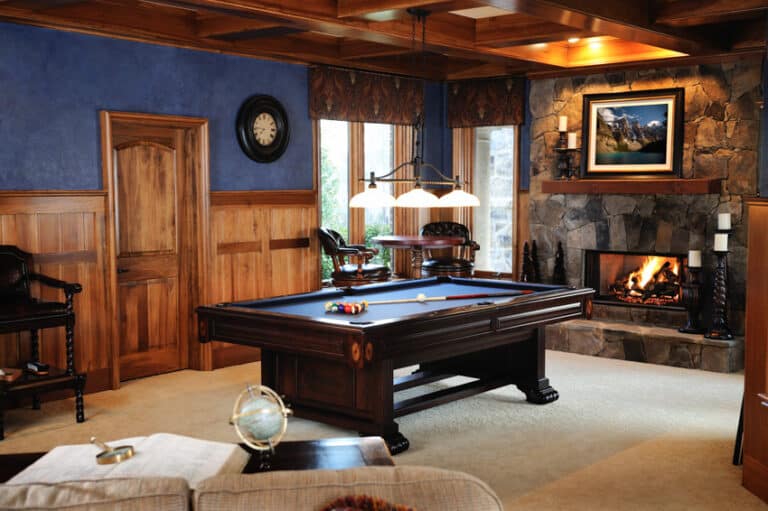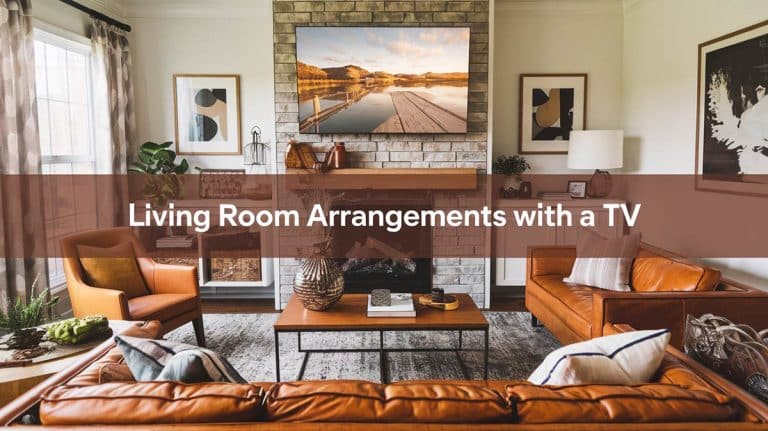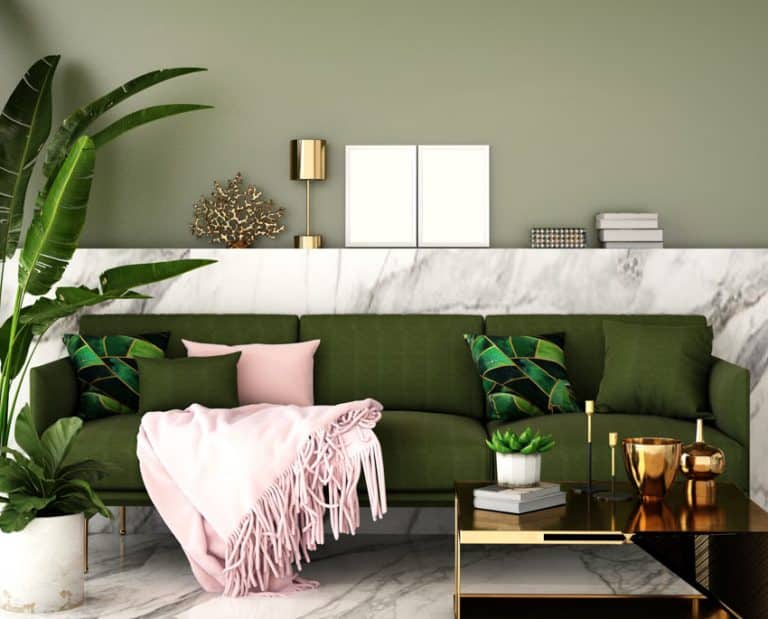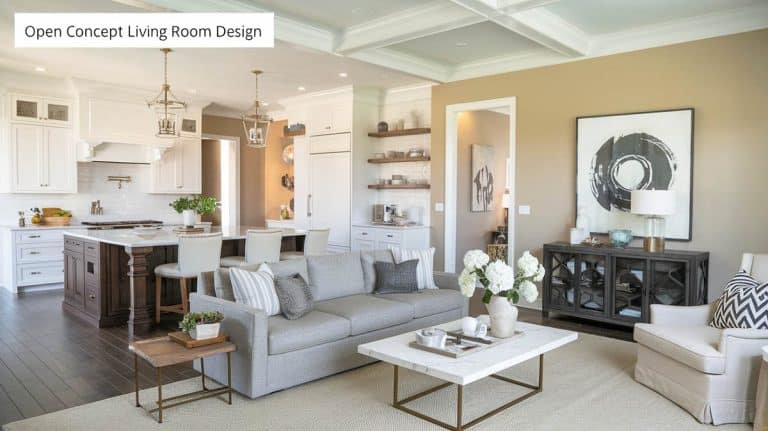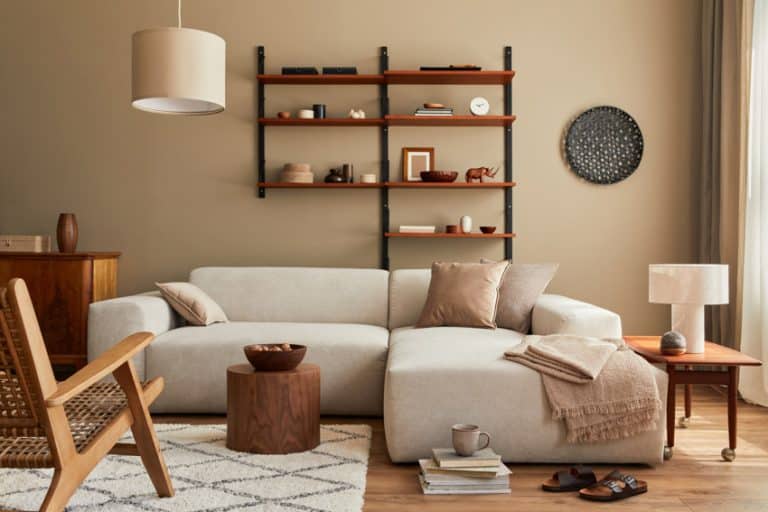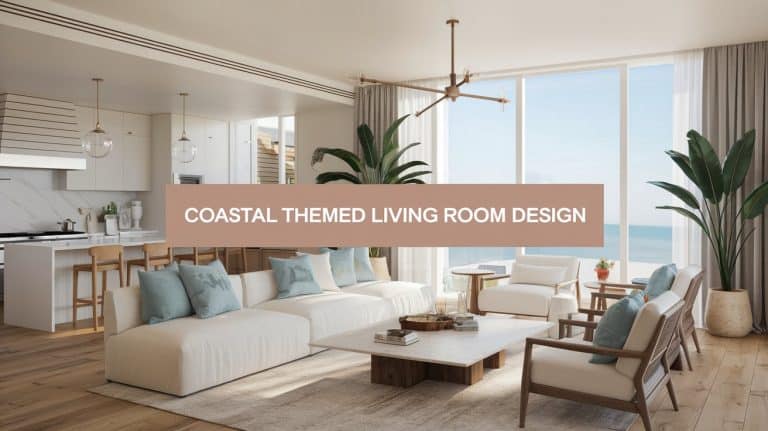How To Design Stunning Formal Living Room Design Ideas
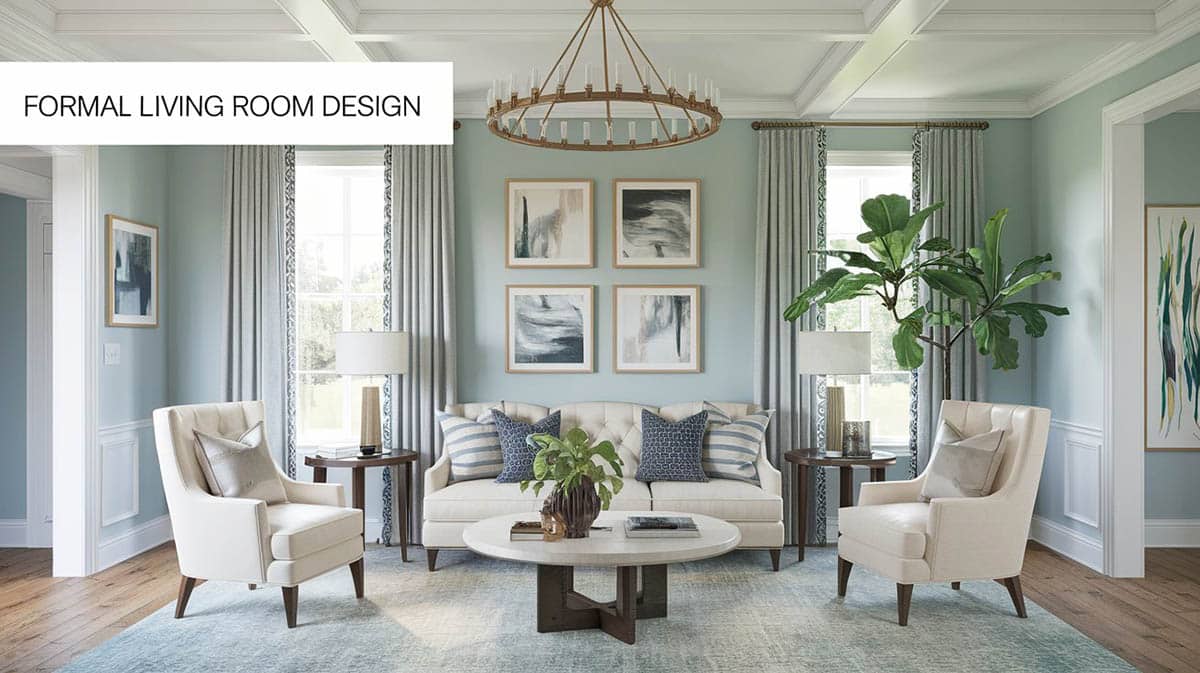
Welcome to our beautiful gallery of formal living room design ideas. Top interior designers created these luxuriously decorated living room designs and showcase a variety of colors, textures, patterns, and types of furniture. Below, you’ll find gorgeous rooms with a variety of high-end furniture pieces and an interesting mix of styles and decor to help you find your ultimate formal space.
Beautiful Formal Living Room Ideas
An integral part of any household is the living room, where everyone gathers to spend time together and have conversations. However, have you ever considered the effectiveness of the design that would impact the mood and patterns of those who use the room? The setting of the interior space bears a major impact on our behavior through the elements that it addresses. For instance, the color palette, furniture, and layout are a few of the important features that need to be analyzed.
The main key is to understand the space, excluding its furniture. Once that is done, you may be able to devise innovative configurations for an optimum layout. Analyzing the essential traffic patterns, such as the main entrance door and the optional exit door, can help you understand where to install additional furniture pieces without obstructing circulation patterns.
Listing out the functions wanted and the number of users of the space is a great option to further enhance the design. The lighting, material considerations, and layout should be designed accordingly, giving prominence to the activity that happens regularly.
Most commonly, in a casual layout, a fireplace and a TV compete against each other to be the main focus. You can select what you want others to see at their first glance when they walk into the room right away.
The focal point/s should be given prominence by arranging the other furniture around it or by making it stand out more than the other objects.
People usually adhere to average rules to create more orderly spaces. For instance, furniture pieces should be placed in a parallel line to create a more organized view, whereas angled furniture may create a bit of a cluttered viewpoint depending on how it is positioned.
If the furniture is large, the interior layout should be designed accordingly. For example, the sofa could be facing directly towards the fireplace or placed perpendicularly.
If you have problems with two main focal points, you should choose the focal point that bears a lot of visual weight and merge it into the secondary focal point. For example, at the same time the sofa faces the fireplace, it can be placed perpendicular to the secondary focal point. That way, the idea of merging the whole interior space is a dream come true.
In older homes, you’ll frequently still find a formal living room and a less formal family room or den. Many homes – both old and new – rely on a single room as the living space for the entire family. – Living Rooms, Coleen Cahill
By analyzing the functions and needs of each person you have the ability to customize your living room to fit your family. When not in use as a formal dining room the space can even be transformed into a cozy corner, and with the addition of two seater couch, it could be easily transformed into a play area with a little thought.
When curating a space as regal as the formal living room, striking the right balance is key, according to renowned designer Bunny Williams. “A formal living room should be luxurious yet comfortable,” she advises. “It needs to have pieces that are amazing enough to give it a ‘wow’ factor, but it still has to be a space you actually want to live in.” (Source: House Beautiful)
Williams’ words underscore the inherent duality of the formal living room. On one hand, it’s a showstopping area meant to inspire awe and make an impression on guests. Plush velvets, gleaming metallics, and sculptural masterpieces adorn these stately chambers. But as she reminds us, taken too far down the opulent path and you’ve created a museum more than a living space.
The master designers know the secret lies in tempering that grandeur with an equal measure of inviting warmth and livability. Sink-in sofas, cozy throw blankets, and perfectly-dimmed lighting ensure the occupants feel as pampered as the lavish decor around them. It’s this high-meets-homey harmonious blend that defines modern luxury and separates the timeless designs from the tragically outdated.
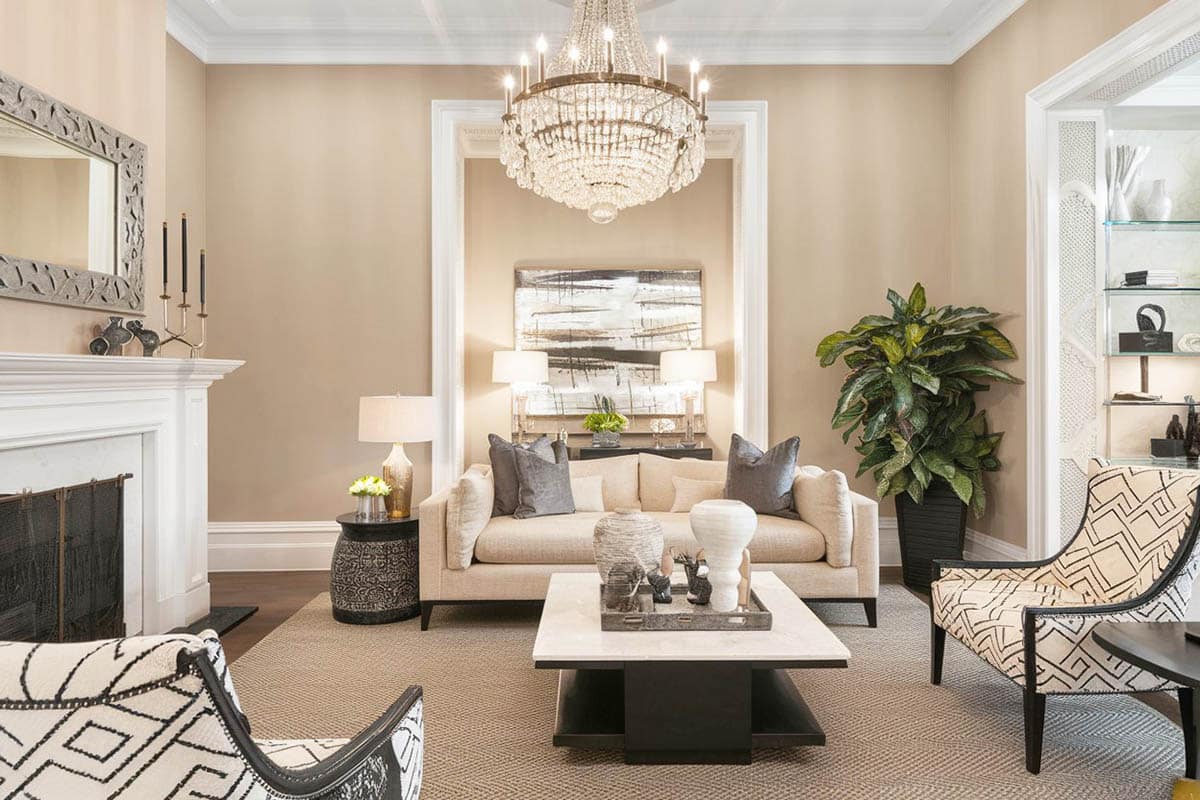
Glass chandeliers and fireplaces have two things in common in this formal setup – they function as good light sources and they serve as accent elements in making the design feel elegant and classy. Reflective surfaces such as the polished chrome decors and the wall mirrors only add to that feeling of brightness.
The black geometric patterns on the white armless lounge chairs, the gray modern sofa, and the knotted rug define the main space. The stonetop coffee table in the middle of it all goes well with the stone surface of the fireplace. The white crown moldings, tan-painted walls, and the dark-stained cherry flooring are intelligent design choices for this type of space.
Designer Tips
Strategic scale is the first thing seasoned designers address in a formal living room. Anchor the space with one or two statement pieces—an oversized mirror above the mantel, a grand piano, or a pair of sculptural wingback chairs—then calibrate the remaining furnishings to echo, not compete with, those larger elements. This establishes instant hierarchy and keeps the room from feeling cluttered even when it’s richly layered.
Next, lean into classic symmetry to evoke polish, but break it ever so slightly for a modern twist. Matching sconces, twin end tables, and a centered fireplace deliver the expected formality; meanwhile, a single off‑center art piece or an asymmetrical floral arrangement injects freshness and invites the eye to linger.
Give equal weight to the vertical plane by treating walls like couture. Paneled millwork, luxe grass‑cloth wallpaper, or even a simple contrasting paint band above the picture rail elevates the envelope of the room and draws attention to soaring ceilings or elegant crown molding.
Lighting must be orchestrated like a symphony. Start with a chandelier or statement pendant on a dimmer for atmospheric control, layer in pairs of buffet lamps or swing‑arm sconces for sparkle at eye level, and finish with low‑glow accent lights tucked behind plants or inside bookcases. This tri‑tiered approach flatters both guests and furnishings while preventing the space from feeling flat after sunset.
When selecting textiles, think in terms of tension: combine at least one refined fabric—silk, mohair, or crisp linen—with a textural counterpoint such as boucle, velvet, or a subtly nubby weave. The tactile contrast adds depth and keeps the palette from reading as one‑note, even if you’re working in tight tonal colors.
Area rugs should frame, not float. Aim for a rug size that allows all main seating pieces to rest with their front legs on the rug, leaving no more than 12–18 inches of bare flooring at the perimeter. This visual “island” unifies the conversation grouping and signals purposeful luxury.
Finally, create conversation zones that respect both intimacy and flow. Position sofas and chairs so no seat is more than eight feet from another—close enough for easy dialogue—yet ensure there’s a clear 36‑inch circulation path to every exit. The result is a room that feels as gracious to move through as it is impressive to behold.
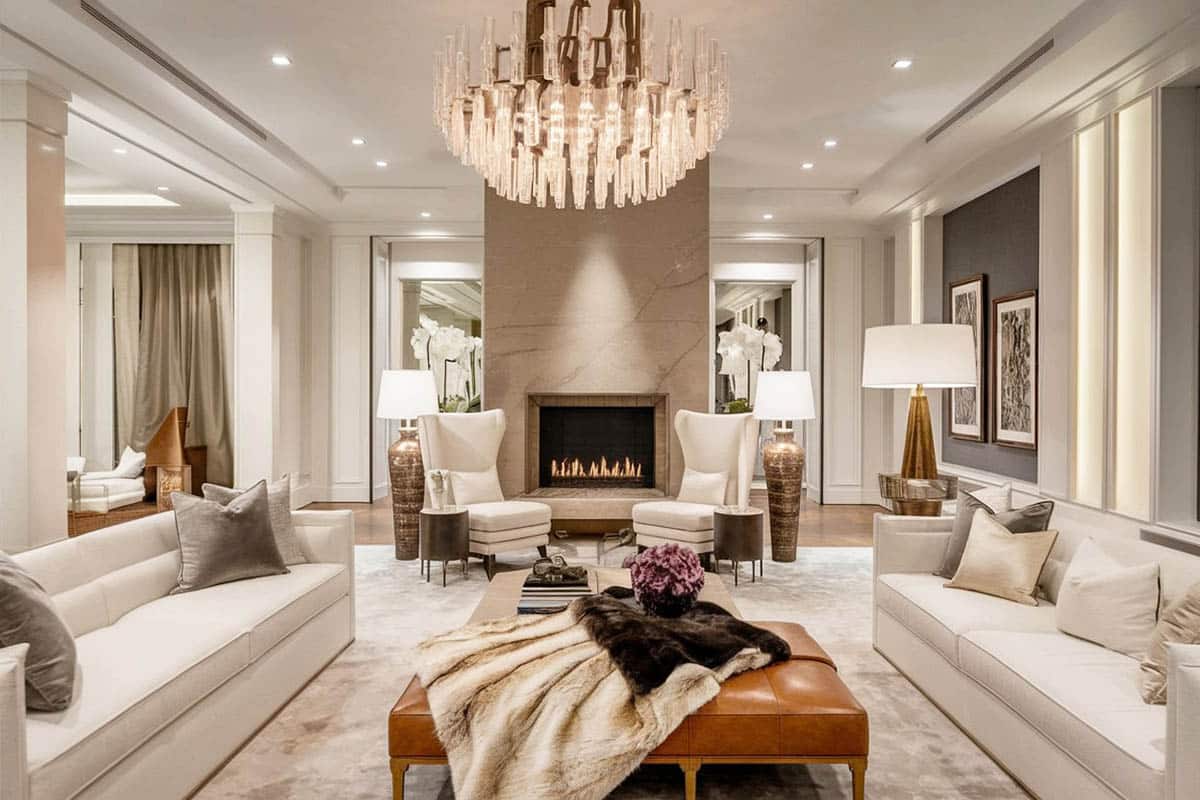
Contemporary pieces and design sense adorn this formal design. The minimalist marble-surface gas fireplace, the unique contemporary glass chandelier, the brown tufted leather ottoman, the white leather winged lounge chairs, and the mid-century modern and Divan style sofas – the furnishings give an elegant, modern feel. The warm white rug on granite flooring goes well with the white crown molding on the walls.
We hope you enjoyed this gallery of formal design ideas. Make sure to check out the related picture galleries listed below for more designs.
Related Living Room Interior Design Galleries You May Like:

